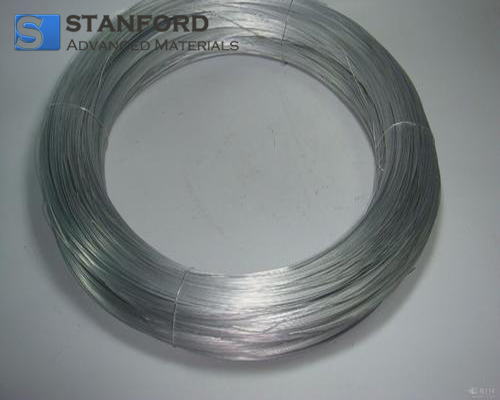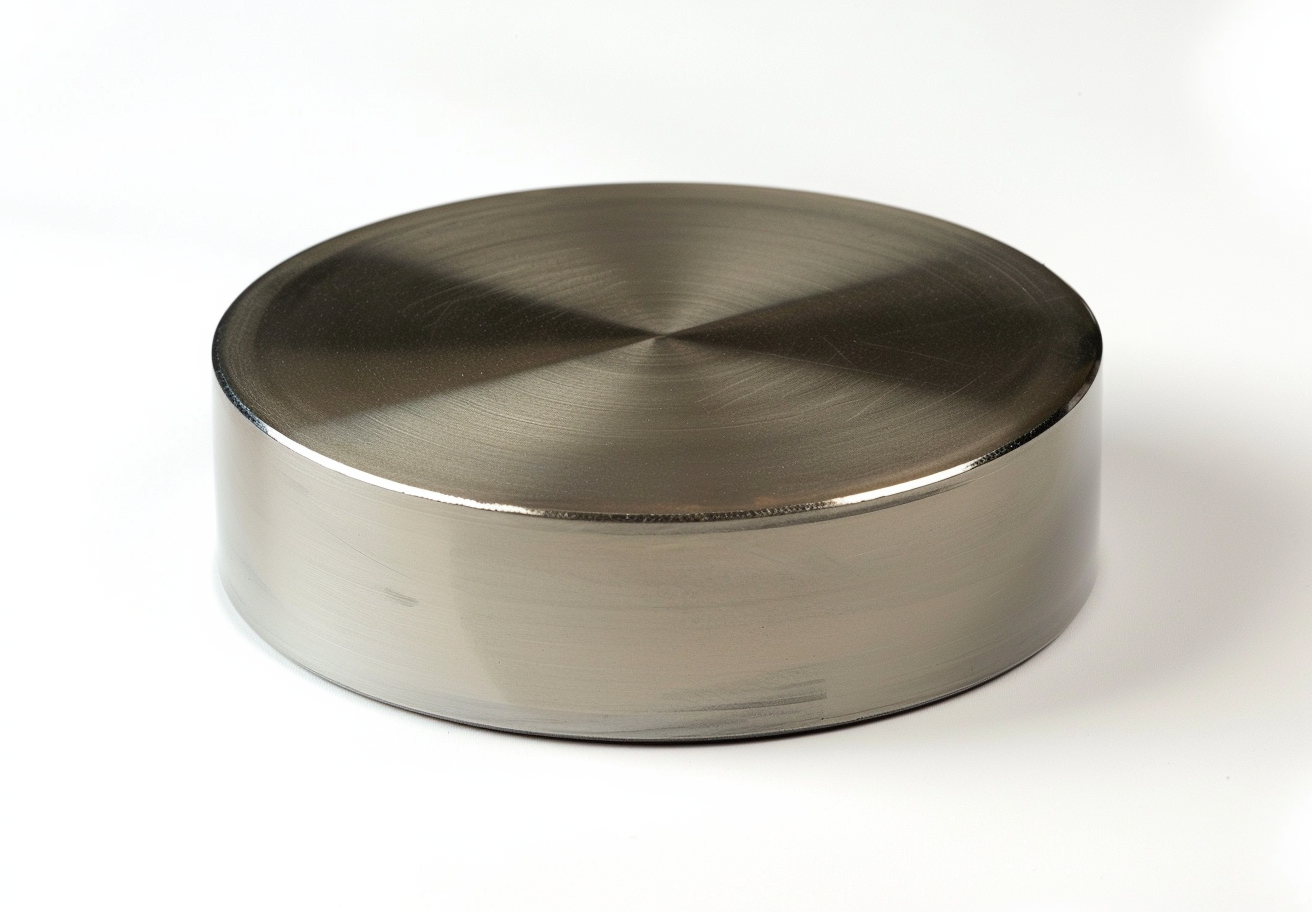Price Of Titanium – Reasons For The Price Fluctuation
Research indicates that titanium is used in all mechanical segments. Its application provides advantages based on the metal’s specific properties. These properties include high quality standards, high density, and resistance to erosion.
Market conditions demonstrate that these factors result in a strong market perception. Since its introduction, the global economy has addressed related issues. Some mechanical and client applications have been developed using Titan-Metall. However, the current financial environment may reduce customer and financial expert willingness to adopt products considered expensive.
To determine the future development of titanium prices, two factors must be examined. These factors are market demand and supply.
Interest in titanium is influenced by its use in modern components. The primary sector is aviation and aerospace. This sector was the starting point for the use of Titans.
Air transport companies face reduced business volumes because of current economic conditions. Consequently, demand for new aircraft decreases. Innovative development projects are delayed. Business avionics administrations adjust operational expenses to meet financial requirements.
Despite challenges in implementation, the economic performance of titanium may improve. In airship construction, the ratio of mechanical quality to density is critical for performance. Research continues to evaluate alternatives for titanium.
Long term, demand from aviation will maintain titanium prices at a high level. In the short to medium term, lower extraction and processing costs may reduce prices.
The second most significant use of titanium is in the production of titanium dioxide. This powdered compound is used in white paints because it offers a high refractive index and is non-toxic.
If demand declines, titanium value may fall. In 2009 and early 2010, major titanium dioxide manufacturers reported cost increases. This indicates that widespread use in cosmetics, plastics, and food processing has mitigated severe price declines.
Titanium supply is expected to remain constant. New extraction companies are unlikely to emerge in a short time frame. Some industry participants may expand operations, while others may close unprofitable facilities. Consequently, reduced supply may lead to higher titanium prices.
Production constraints may occur because each mining operation incurs significant initial extraction costs. However, extensive reserves that are accessible to all market participants may mitigate these effects.
Titanium manufacturers are not expected to encounter significant risks over the long term. This conclusion is based on the observation of historical market trends.

 Bars
Bars
 Beads & Spheres
Beads & Spheres
 Bolts & Nuts
Bolts & Nuts
 Crucibles
Crucibles
 Discs
Discs
 Fibers & Fabrics
Fibers & Fabrics
 Films
Films
 Flake
Flake
 Foams
Foams
 Foil
Foil
 Granules
Granules
 Honeycombs
Honeycombs
 Ink
Ink
 Laminate
Laminate
 Lumps
Lumps
 Meshes
Meshes
 Metallised Film
Metallised Film
 Plate
Plate
 Powders
Powders
 Rod
Rod
 Sheets
Sheets
 Single Crystals
Single Crystals
 Sputtering Target
Sputtering Target
 Tubes
Tubes
 Washer
Washer
 Wires
Wires
 Converters & Calculators
Converters & Calculators
 Write for Us
Write for Us



 Chin Trento
Chin Trento



